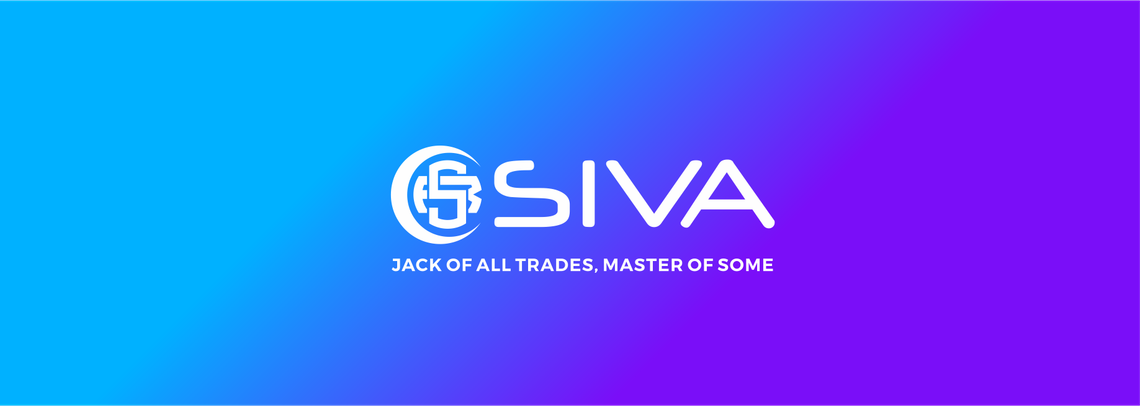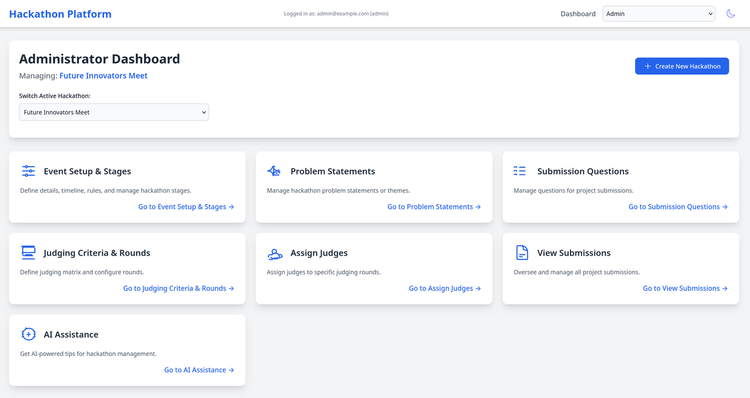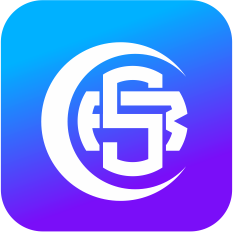

Notes from a FinTech Generalist

Hi, I’m Siva. I previously worked at the Bank for International Settlements Innovation Hub (BISIH). In that world, “innovation” meant real constraints, real stakeholders, and delivering products that actually work.
Innovation often feels like running into walls. You have to be a little crazy to keep doing it. I’m just the right amount of crazy to push through. Real innovation is more human than technical. It requires fighting against existing processes, advocating for structure, and a willingness to constantly learn and unlearn.
That is why I am a generalist. To push a product through those walls, you end up wearing many hats across the same problem, sometimes all in the same week: product owner, product manager, project manager, business analyst, design thinking facilitator, UAT tester, backlog manager, and the person writing user stories and test cases when the details really matter.
I am not the best at every hat. I think of myself as Jack of all trades, master of some. If you ask me what I am, I am a problem solver who keeps going until I find a way through.
Learn with Siva
This is where I document the mechanics of money. I explore modern finance and infrastructure, and I also trace the historical path that got us here.
When something looks “obvious” today, I try to find the earlier constraints and decisions that made it feel obvious. No hype. Just systems, trade-offs, and history.
Read the SeriesBlog
Case Studies

From Chaos to Code: Building a Hackathon Platform (Or How I Learned to Stop Worrying and Love the Demo)
Publication

Novel Approaches to Combat Money Laundering, Terrorism Financing, Fraud, and Scams

GenAI in Action: Transforming Data Use in SupTech

Project Viridis: A Blueprint for Managing Climate-Related Financial Risk
Testimonial

Siva played a key role across major workstreams, bringing structure, focus, and stakeholder engagement to everything he handled. His work exploring the use of AI, digital twin technology, and novel approaches to combating financial crime was invaluable to the Hub.
Patrick Hoffmann, BIS Innovation Hub and Bundesbank

Siva's intelligence is evident in his approach. He seamlessly transitions between business and product roles, leveraging a diverse skill set and a collaborative spirit to deliver innovative solutions.
Madhava Shan, FinTech Lead, Sleek
Experiences
Business Administrator - Project Lead
Worldwide Computer Services, Singapore
Product Management Associate
Synfindo, Singapore
Fintech Analyst - Product Coordination
Sleek, Singapore
Junior Product Owner
